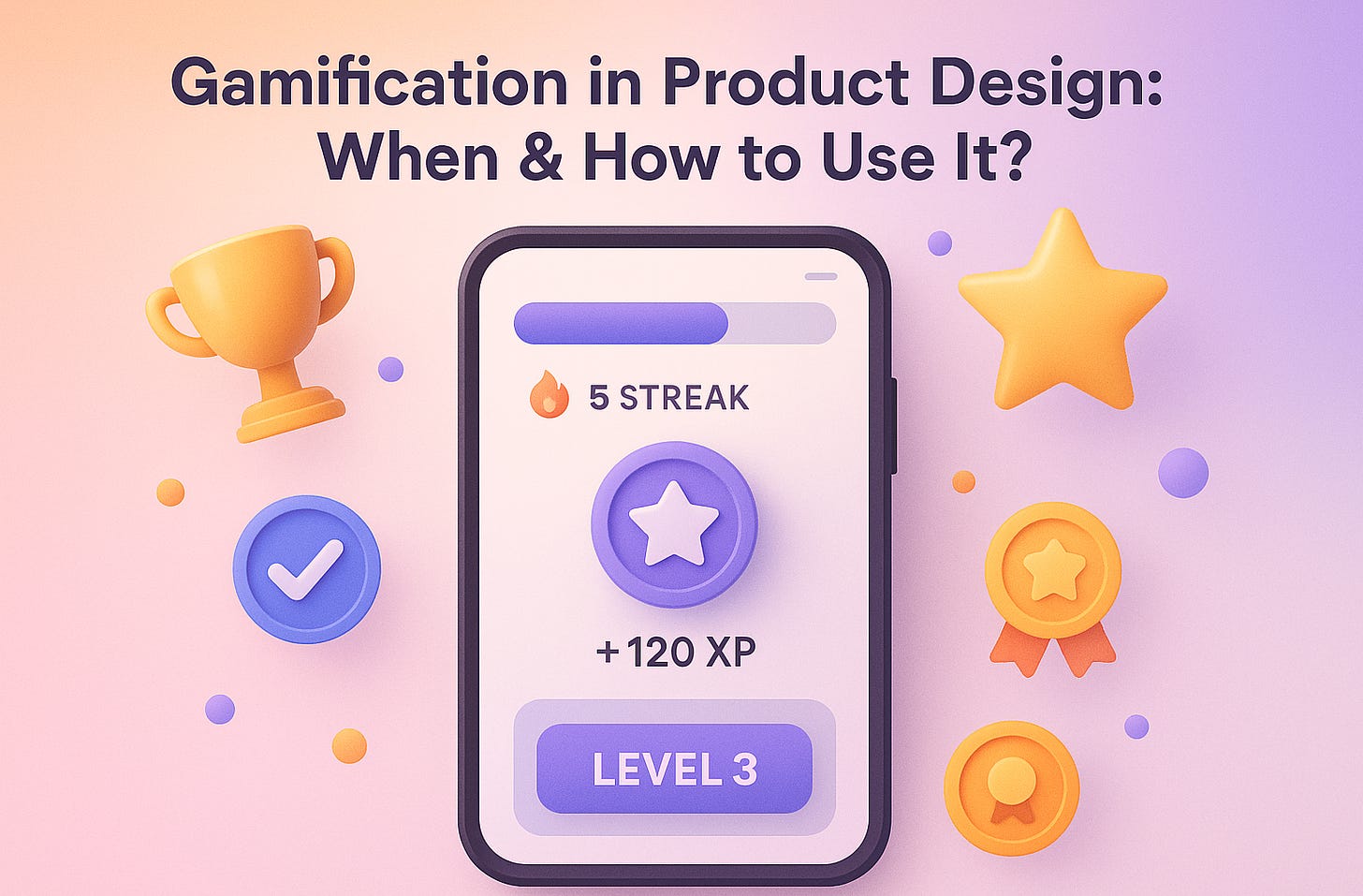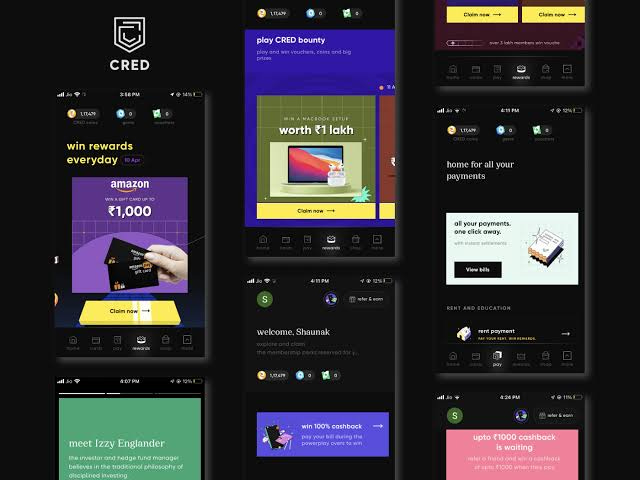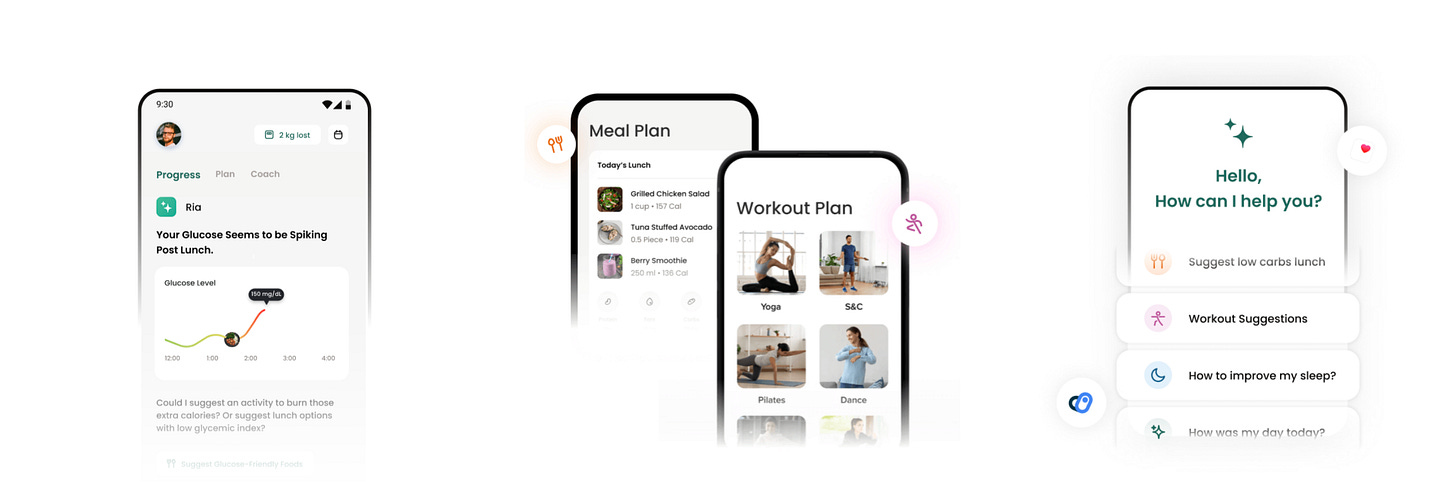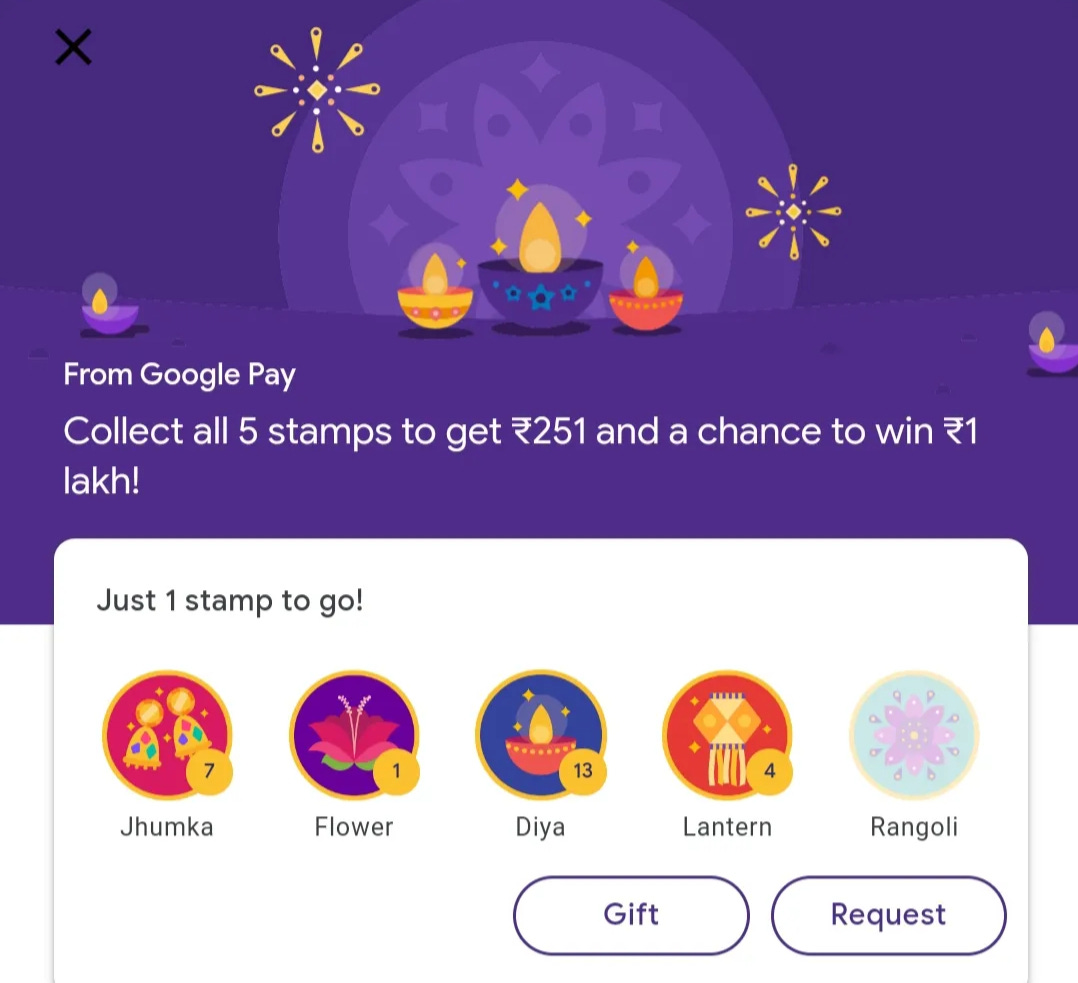Gamification in Product Design: When & How to Use It?
In this article, we’ll dive deep into the psychology, mechanics, and real-world applications of gamification and how to use it in a way that actually creates habit, delight, and long-term engagement.
Gamification is one of the most misused words in product, but also one of the most misunderstood levers for habit formation, user motivation, and delight. It’s the sweet game of using “game psychology” to nudge the user to do what they already came here to do, but more consistently, with more joy, and with stronger emotional payoff.
When done well, gamification bridges the gap between intent and habit. It helps users stay motivated in that messy middle- after the excitement of signing up fades, but before they’ve built a lasting routine.
In this article, we’ll talk about the psychology behind gamification- why it works, when it doesn’t, and how to integrate it naturally into your product to create habits that last.
What is gamification?
We all love games because they naturally tap into what drives us as humans- feeling confident in our abilities (competence), having the freedom to make choices (autonomy), and receiving rewards that make our efforts feel worthwhile.
This is what gamification is. Gamification takes the mechanics that make games so compelling- things like progress bars, levels, streaks, badges, or challenges and integrates them into digital products to guide user behaviour and make progress feel visible and satisfying.
You’ve probably seen this already:
A learning app that shows your daily streak or XP points.
A fitness app that celebrates when you hit a weekly goal.
An e-commerce website that gives you rewards as you shop or level up as a loyal customer.
So, yes! At its core, gamification works because it taps into how our brains are wired for motivation. It leverages key psychological principles:
Progress principle: People feel happier and more motivated when they can see minor signs of progress (Teresa Amabile, Harvard).
Dopamine loops: Anticipation and reward create mini dopamine hits, reinforcing behaviour.
Self-Determination Theory: We’re motivated by autonomy, competence, and connection- gamification aligns directly with these needs.
Real-Life Case Studies of Gamification in Indian Apps
Here are some real-life examples of Indian apps that are using gamification incredibly well to drive engagement, motivation, and repeat usage.
Unacademy has mastered the art of making learning feel rewarding. The app uses daily streaks to encourage consistent practice and reduce drop-offs. During live quizzes, learners compete on leaderboards, which adds a layer of excitement and friendly rivalry.
Source: Unacademy Case Study
Every session contributes XP, creating a sense of progression that keeps students motivated even through tough topics. These mechanics transform long-term studying- often a lonely, exhausting activity- into something that feels interactive and game-like.
CRED transforms a mundane financial chore into a moment users actually look forward to. When you pay your credit-card bill, you earn CRED coins that can be redeemed for exclusive rewards. Their iconic “spin the wheel” mechanic adds a fun burst of anticipation- users love the unpredictability and the chance to win vouchers or perks.
Source: CustomerGlu
HealthifyMe uses gamification to make fitness less intimidating and more habit-building. Streaks encourage daily movement, step challenges push users to stay active, and group leaderboards create accountability within communities. As users hit key milestones, they earn badges- small but meaningful nudges that reinforce progress.
Source: HealthifyMe
Google Pay (India) injects excitement into everyday payments using scratch cards, festival collectables, and surprise cashback rewards. The randomness of “What will I get this time?” drives repeat usage and keeps users curious. During festive events, stamp-collection challenges create a playful social loop where people trade, share, and chase rare collectables- one of India’s most iconic examples of gamification done right.
Source: GrowthX Newsletter
When to Use Gamification in a Product?
1) When behaviour requires repetition to deliver value
Habit-building products thrive with gamification- fitness, learning, finance management, wellness, and daily creative apps.
Example:
Duolingo daily streaks work because language is a compounding effort
Headspace streaks work because meditation benefits show after consistency
2) When User Progress Is Invisible by Default
One of the biggest reasons users lose interest in a product is that they can’t see how far they’ve come. When progress is invisible, motivation quietly fades. Gamification helps make that progress visible, tangible, and emotionally rewarding.
By introducing elements like progress bars, levels, or mastery badges, you help users visualise their journey- how much they’ve achieved and how close they are to the next milestone.
3) When Motivation Decays Fast After Onboarding
Most apps see a familiar pattern- users start with excitement on Day 1, explore features eagerly, and then slowly drift away. That initial burst of intent fades because the reward for using the product often comes much later. The gap between intention and payoff is where most users drop off.
Learning platforms like Coursera or Skillshare use certificates and completion percentages to make each lesson feel like a tangible achievement.
When NOT to Use Gamification?
When the core value is one-time (car insurance purchase, setting up a new device or software for the first time)
When the product is purely transactional (bill payments, ride ordering- unless there is shareable or cumulative value)
When it makes the product feel manipulative or childish (banking using cartoon badges, health app showing streak pressure for medical check-ins)
How to Use Gamification Correctly?
Gamification only works when it’s intentional. Throwing in random badges, points, or leaderboards doesn’t make your product engaging- it makes it noisy. Here’s how to do it right:
1) Map Mechanics to Intrinsic Drivers
Every user is driven by different psychological needs, and the best gamification strategies tap directly into those.
If the user’s goal is competence, add levelling systems, skill mastery, or performance feedback. (Example: Duolingo’s XP and skill trees that show improvement over time.)
If the user’s goal is self-expression, give them ways to customise their profile, earn collectables, or display achievements. (Example: Strava users showing off badges or customised challenge summaries.)
If the user’s goal is achievement, use streaks, missions, or tiered challenges that create a sense of progression. (Example: Calm or Headspace, celebrating consecutive meditation days.)
If the user’s goal is belonging, design for community challenges, shared milestones, or leaderboards. (Example: Fitbit’s group step competitions or Notion’s online productivity communities.)
2) Reward Long-Term Behaviours
Healthy gamification encourages behaviour that aligns with the product’s long-term value, not vanity metrics like screen time or clicks.
A finance app should reward consistent saving habits or achieving a goal, not just opening the app daily.
A learning app should celebrate mastery or lesson completion, not time spent staring at the screen.
A fitness app should recognise personal bests or recovery streaks, not endless scrolling through stats.
3) Make Progress Visible at Every Micro Level
One reason people quit early is that they can’t feel their progress. Gamification solves that by turning invisible effort into visible, trackable, and emotionally satisfying feedback.
You can do this through:
Confetti moments for meaningful milestones (completing a workout, hitting a goal, finishing a task).
Partial progress bars that remind users how close they are to finishing something.
Streak visualisations that make consistency tangible.
XP meters that grow with every small win.
Even small feedback loops like a sound, animation, or progress update- trigger dopamine hits that keep users engaged.
4) Use Loss Aversion Carefully
Features like streaks work because people don’t want to lose what they’ve built. But if a streak breaks due to a missed day or a tech issue, that same motivation can turn into frustration or burnout.
To use this mechanic responsibly:
Allow “grace days” where users can recover a streak.
Introduce soft resets (e.g., “Your streak paused, pick up where you left off”).
Offer recovery options, such as in-app tokens, to help rebuild progress.
The Gamification Design Loop
The Gamification Design Loop is a straightforward, repeatable approach to designing gamification that genuinely benefits users.
1. Motivation
Ask: What exact user behaviour do you want to encourage- and why does the user care?
How to do it?
Define the target behaviour precisely. Don’t say “increase engagement.” Say: “get users to complete one lesson per day,” or “encourage users to save ₹1,000 a week.”
Map intrinsic motivations behind that behaviour (competence, autonomy, belonging, achievement, curiosity). Ask: Is the user trying to learn, save time/money, belong to a group, or show status?
Prioritise- pick the single behaviour that most strongly ties to long-term product value.
Metrics to measure:
Conversion of intended action (e.g., % users who complete a lesson per week)
Retention cohort improvements tied to the behaviour
Time-to-first-milestone (how quickly users reach the initial win)
2. Mechanics
Ask: Which mechanics (points, levels, streaks, badges, leaderboards, challenges, progress bars) will support this motivation?
How to do it?
Map mechanics to motivation. Example: competence → levels/XP; belonging → community challenges/leaderboards; self-expression → customisable avatars/collectables.
Choose 1–2 core mechanics. Depth beats breadth. Start simple and ship a focused loop.
Design mechanics for clarity. Users should understand immediately how actions yield mechanics (e.g., “complete a lesson → +10 XP”).
Consider friction & fairness. Make mechanics achievable but meaningful; avoid pay-to-win structures that erode trust.
Metrics to measure:
Uptake of the mechanic (e.g., % of users earning their first badge)
Behaviour change lift (e.g., increase in weekly lesson completion)
Quality indicators (e.g., average review length after introducing reviewer tiers)
3. Feedback
Ask: How does the product communicate progress, success, and next steps?
How to do it?
Provide immediate micro-feedback for actions (animations, small sounds, toast messages), but use them tastefully.
Display macro progress with bars, levels, or timelines to show users the momentum over time.
Signal proximity to the next milestone (e.g., “2 lessons away from Level 3”) — the nearer the goal feels, the more likely users will finish it.
Use contextual feedback- deliver feedback where the action happened, and in places users revisit (dashboard, profile).
Make it emotionally positive- celebrate effort and progress
Metrics to measure:
Micro-conversion (action → feedback displayed successfully)
Click-throughs from feedback elements (e.g., “view progress” taps)
Emotional sentiment in user feedback (NPS, qualitative responses)
4. Reward
Ask: What emotional or tangible payoff keeps users returning?
How to do it?
Differentiate reward types:
Intrinsic rewards (feeling of mastery, competence, belonging)
Extrinsic rewards (discounts, unlocks, feature access)
Match reward to behaviour: Big, meaningful behaviours earn more substantial rewards; micro-behaviours earn micro-rewards.
Design layered rewards: Immediate small delight → visible progress → long-term status/perks.
Enable social recognition for belonging-driven behaviours (public leaderboards, profile badges).
Allow recovery & kindness: Reward reconnection (e.g., “Welcome back- here’s a small XP boost”).
Metrics to measure:
Reward redemption or utilisation rates (for tangible rewards)
Retention lift after rewards are introduced
Social metrics (shares, mentions, badge displays)
Getting Started with Gamification: A Quick Checklist
Define the core behaviour you want to encourage
Understand the user’s motivation
Choose 1–2 key mechanics that support that goal
Use micro-feedback (animations, confetti, small celebrations)
Add visible progress indicators (bars, milestones, completion meters).
Test your gamified flow early with real users
Measure emotional response as much as behavioural data
Monitor key metrics- retention, daily/weekly active users, milestone completion rates
Ensure your gamification feels native to your product
Final Thoughts
At the end of the day, gamification is about helping users feel good about the effort they’re already putting in. People don’t keep showing up because of badges or points. They show up because those tiny signs of progress remind them that what they’re doing is working. That every small step is adding up to something bigger.
And that’s the real power of good gamification. It pulls them in by celebrating their progress, by making consistency feel rewarding instead of routine.
So, if you’re thinking about adding gamification to your product, remember this: Because when progress feels good, users don’t just use your product. They believe in it.
At Razorpay Rize, we get it- building a startup is tough. That’s why we’re more than just a space for connecting with other founders. We’ve got programs, tools, and services designed to take some of the weight off the shoulders and make the journey just a little bit easier.
Curious about how we support startup founders?








